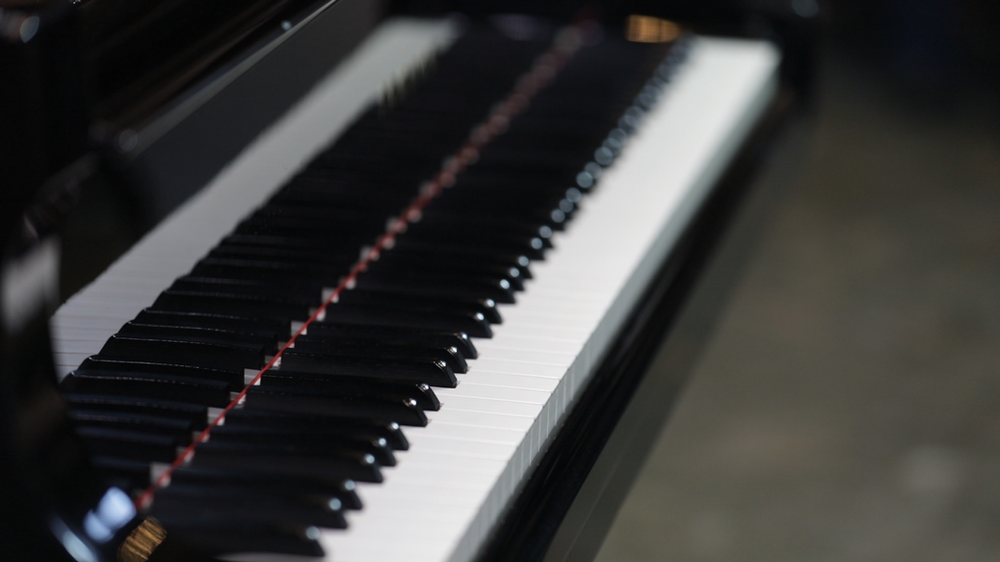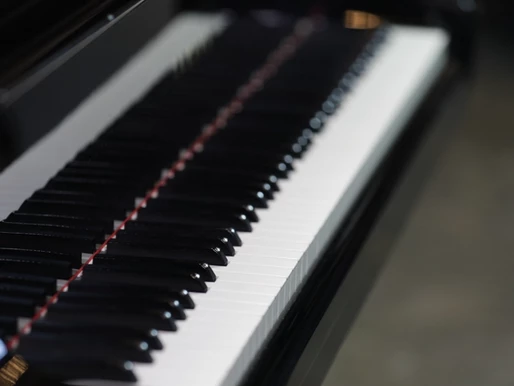Piano Lessons, Scaramuzza Technique, Uncategorized
Bouncing

Definition
We call bouncing the reflective upwards-movement of the hand when a finger hits the key. It is very common to see this movement when beginners start learning finger movement for the first time. We can also see it as a gesture of marking the tempo of the piece by bouncing the hands.
Why does it happen?
The bouncing could happen due to several different reasons.
1. The student might keep on pressing the key after having hit the end of its trip. The excessive power excerpted on the key results in the whole hand moving upwards.
2. The transition between standby and in-tension is too long. The later means the student struggles to change the attitude from being proactively actioning the muscles responsible for the attack itself and resting after the effort.
Negative implications
Our technique depends on us learning to rest the more we can in between “tensing” episodes. The hand “bouncing” is the clear example of a situation in which a performer is not managing to disengage fro the tensioning event of activating the finger.
The main issue with this is the accumulation of tension that results from not relaxing where we should. All the stress we don’t release in the right moment will pile up until we reach a critical point. We can define the “critical point” as the moment in which our fingers become paralysed, our muscles start aching, and our entire performative experience becomes unbearable.
How to avoid it?
The first step in the path to avoid a stressing performance is to identify the issue and its origins. Once we have already acknowledged the “whats” and the “whys”, then we can start finding a solution.
One way to start addressing the issue is by asking the student to stand still on a note. While the student stands still on the note and supporting all the weight of the arm on the tip of the finger, we will ask to move the neighbouring finger while he stays relaxed. This activity is aimed to teach them to keep the arm muscles relaxed while using the fingers.
Another challenge will be to start playing in slow motion. The key to this exercise is to have two fingers down at the same time. In this way, they can see clearly how the weight translates from one to the other. All the latter should happen in total relaxation. This exercise is also good to help us identify where the bouncing is originated.

